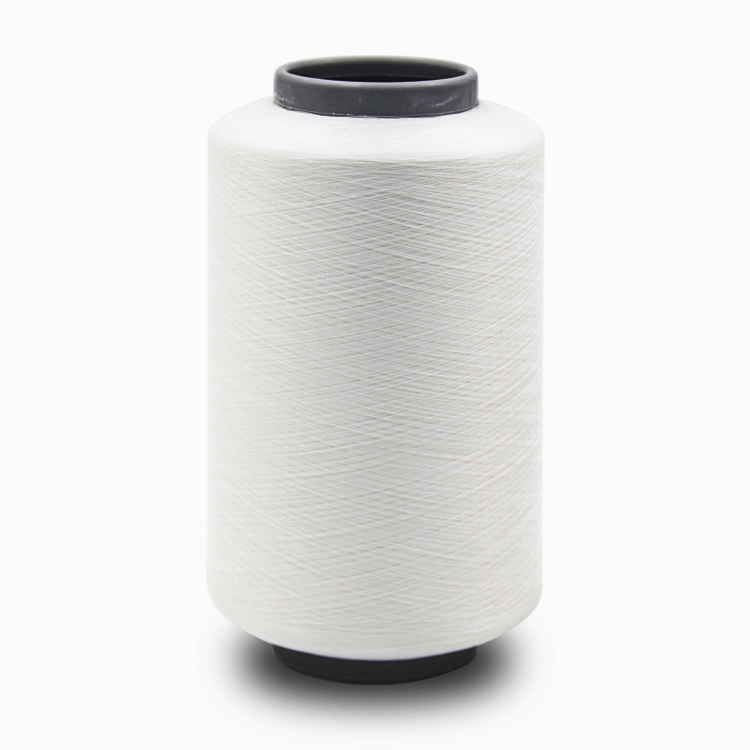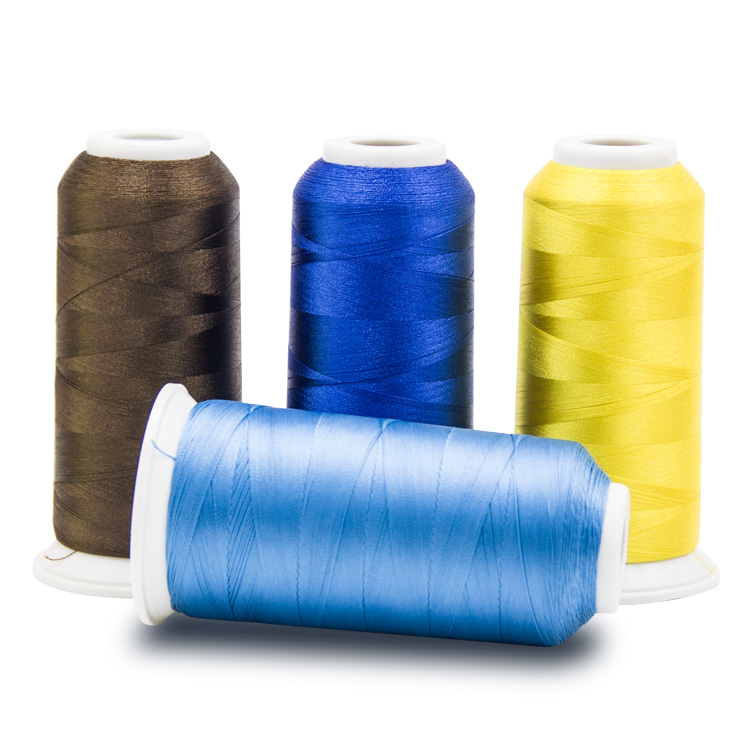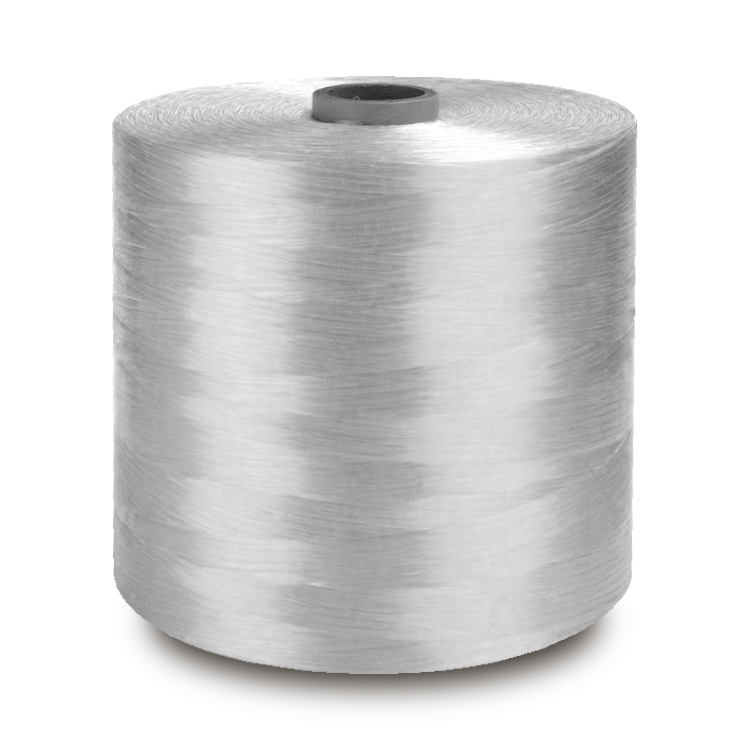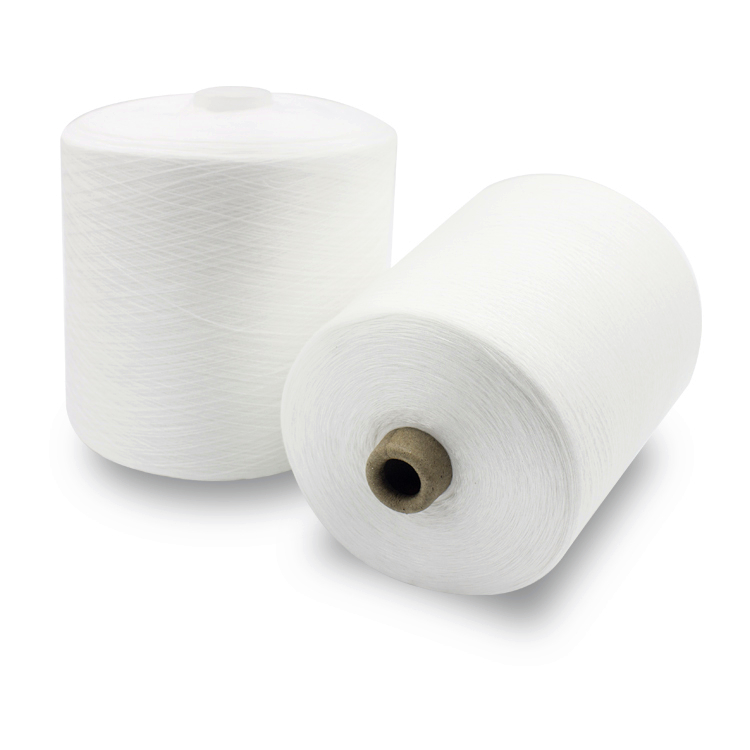Share to:
Related Products
100% Recycled fabric polyester 40s ring spun yarn
LQ-20-04
Price: From $0.66
Delivery time: 9-20 days after payment
MOQ: 500 KG
Material:100% Polyester
Pattern:Raw
Style:Core spun yarn
Technics:Ring spun
Yarn type:DTY, FDY, spun, texturized
Feature:Anti-pilling, Eco-friendly, high tenacity, recycled
Use:Knitting, sewing, weaving
Twist:S/Z
Evenness:Average
Yarn count:40s
Strength:Excellent
Place of origin:Guangzhou
Brand name:Liqi
Color:White or customized
Spun yarn structure and properties of different spinning methods
At present, there are five practical and highly concerned spinning methods in the field of cotton spinning, namely, traditional ring spinning, rotor spinning, jet spinning, eddy current spinning and improved ring spinning-compact spinning.
1 Spun yarn forming mechanism
1.1 Traditional ring spinning
Because of the drafting effect, the width of the filament in the main drafting zone is several times the diameter of the spun yarn. At this time, the fibers spun yarns are in a free state when they reach the pre-pliers. When these fibers leave the front pliers, they are twisted together, thus forming a spinning twist triangle.
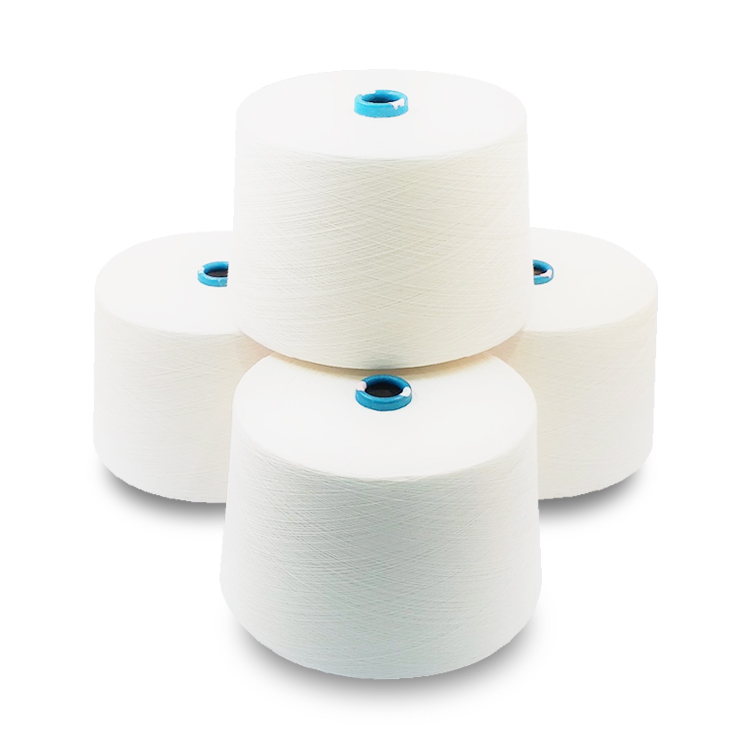
1.2 Rotor spinning
Rotor spinning, also known as air spinning, belongs to the free-end spinning method. The sliver directly fed to the spinner is combed into a single fibre spun yarn shape by the combing roller. The fibre spun yarn is separated from the surface of the combing roller by the centrifugal force of the combing roller and the negative pressure airflow in the spinning cup and enters the spinning cup through the cotton conveying pipeline. A complete fibre spun yarn ring ring is formed in the condensation groove. The fibre spun yarn ring rotates with the high speed of the spinning cup and under the action of the joint spun yarn With the continuous transmission of twist and continuous peeling of fiber bundles, spun yarns are formed.
1.3 Jet spinning
Jet spinning is represented by the MJS (Murata Jet Spinner) made by Murata Corporation of Japan. The sliver is fed directly into the drafting device, and the sliver after drafting enters the nozzle. The two opposite high-speed rotating airflow twists the sliver and wraps it into spun yarn. After the sliver is drawn out, it is wound on the cylinder after removing the defect by the electronic yarn clearer.
1.4 Vortex spinning
Vortex spinning is a new generation of jet spinning technology MVS (Murata Vortex Spinning) introduced by Murata Corporation after MJS. The spinning principle of eddy current spinning is that the sliver is directly fed into the drawing device, and the drawn sliver is exported from the front roller nipper, and is immediately sucked by the negative pressure generated by the eddy current in the direct nozzle of the spinner, forming the core fiber spun yarn. When the end of the fiber spun yarn is separated from the front roller, it expands due to the eddy current effect, covering the surface of the hollow spindle, and along it. Fixed hollow inner wall rotates, and as the spun yarn moves forward, the end of the filament is wound around the core to twist the yarn into spun yarn.
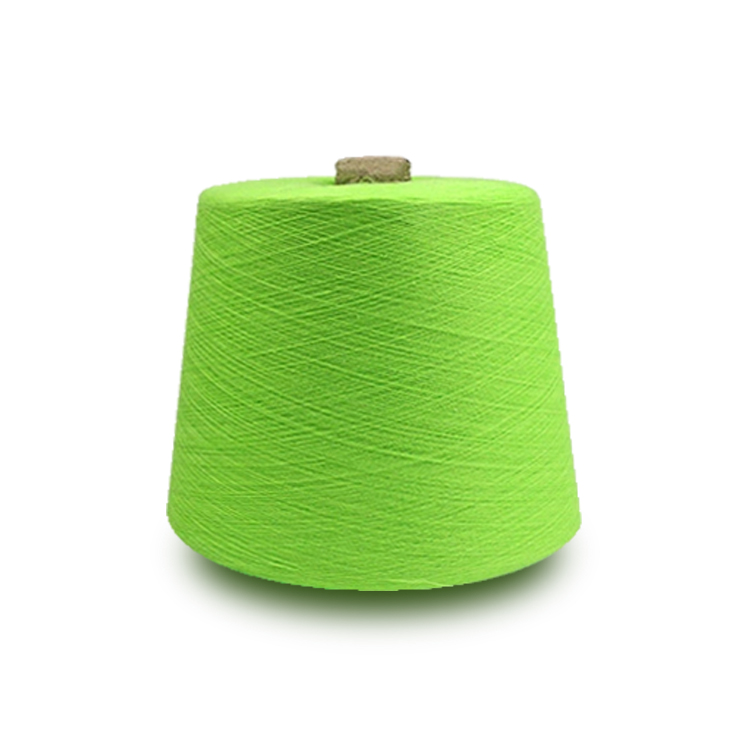
1.5 Improved ring spinning-compact spinning
Compact spinning is also called agglomeration spinning. It mainly adds a fiber spun yarn agglomeration zone in front of the drawing device of ring spinning frame, and the fibre bundles migrated from the front roller nipper yarn of the drawing device are clustered on one yarn, basically eliminating the spinning twisting triangle zone between the front roller and the twisting point, which solves the spun yarn strength, hairiness and the traditional ring spinning well. Flying flower and other key issues, and bring a series of benefits to follow-up processing and product quality.
2. Spun yarn structure
Different spinning methods have different spun yarn forming mechanisms, and the arrangement of fibers in the yarn and the tightness of the spun yarn are also different. Figure 1 shows the electron micrographs of different spinning methods, from which we can see the obvious differences.
2.1 Traditional ring spinning spun yarn structure
The fibers spun yarn in traditional ring spinning yarn are basically arranged in spiral line. Because of the existence of spinning twisting triangle, the fibers spun yarn can not be all twisted into the spun yarn body. Compared with the polygonal edge fibers spun yarn, one end is twisted into the yarn body and the other end is exposed outside the spun yarn to form hairiness. Therefore, although the structure of ring spinning spun yarn is relatively compact, the surface of the spun yarn is relatively miscellaneous. Chaotic, poor finish.
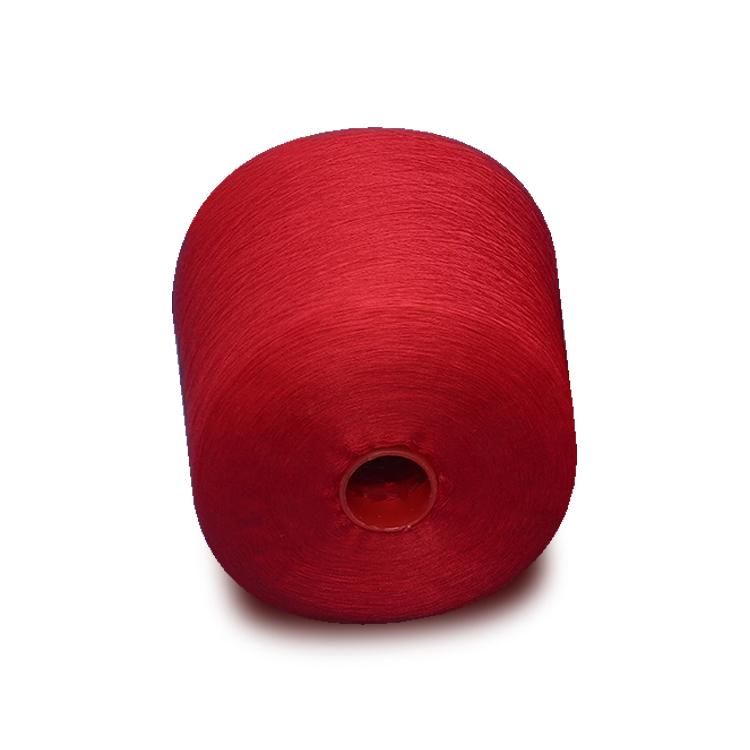
2.2 Rotor spinning spun yarn structure
In the twisting process of rotor spun yarn, the fibers in the twisting zone are in a loose state due to the lack of active grip, resulting in poor fiber straightness and low degree of internal and external transfer of fibers spun yarn. The structure of the spun yarn is divided into two parts, the core and the outer fibers spun yarn. The core structure of the spun yarn is similar to that of the ring spinning spun yarn, and the outer fiber structure is loose and irregularly wound outside the core. Therefore, compared with the traditional ring spinning spun yarn, the rotor spun yarn structure is more fluffy and the appearance is fuller.
2.3 Jet spinning spun yarn structure
Jet spun yarn is a kind of double structure spun yarn, one part is almost parallel, twistless core fiber, the other part is wrapped around the outside of the core spun yarn. The structure of air-jet spun yarn is loose and the gap between fibers is large. The ratio of wrapped fibers spun yarn to core fibers is about 1:9. The wrapped fibers exert centripetal stress on the core fibers and give the spun yarn the necessary cohesive force to withstand external stress.
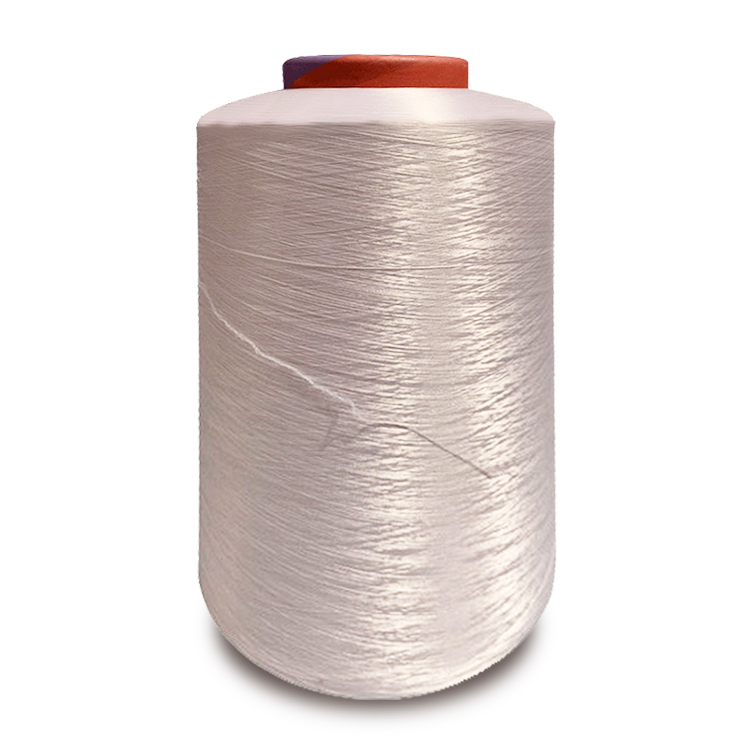
2.4 Vortex spinning spun yarn structure
Vortex spun yarn is also a kind of double structure spun yarn. The core fibers of the spun yarn are arranged parallel and twistless. The end fibers spun yarns are wrapped and twisted outside the core fibers spun yarn by the action of rotating airflow. However, unlike jet spun yarn, the outer layer of vortex spun yarn covers a large proportion of fibers spun yarn(about 60%) so that the untwisted fibers spun yarn inside are almost completely covered, and the surface arrangement of fibers spun yarn is more similar to that of ring spun yarn.
2.5 Compact spinning spun yarn structure
The arrangement of fibers spun yarn in compact spinning yarn is the most neat and clear. In a sense, it may be the ideal arrangement of fibers spun yarn in yarn. Due to the shrinkage and polymerization of air flow, the ends of the fibers spun yarn are twisted into the yarn, the yarn structure is the most compact, the appearance of the spun yarn is smooth and less hairiness, the twisting helix structure of the spun yarn is clearly visible, and the fibers spun yarn almost have no internal and external transfer.
This is the most remarkable feature of agglomeration spinning.
The improvement of the spun yarn structure is achieved by eliminating the twisting triangle.
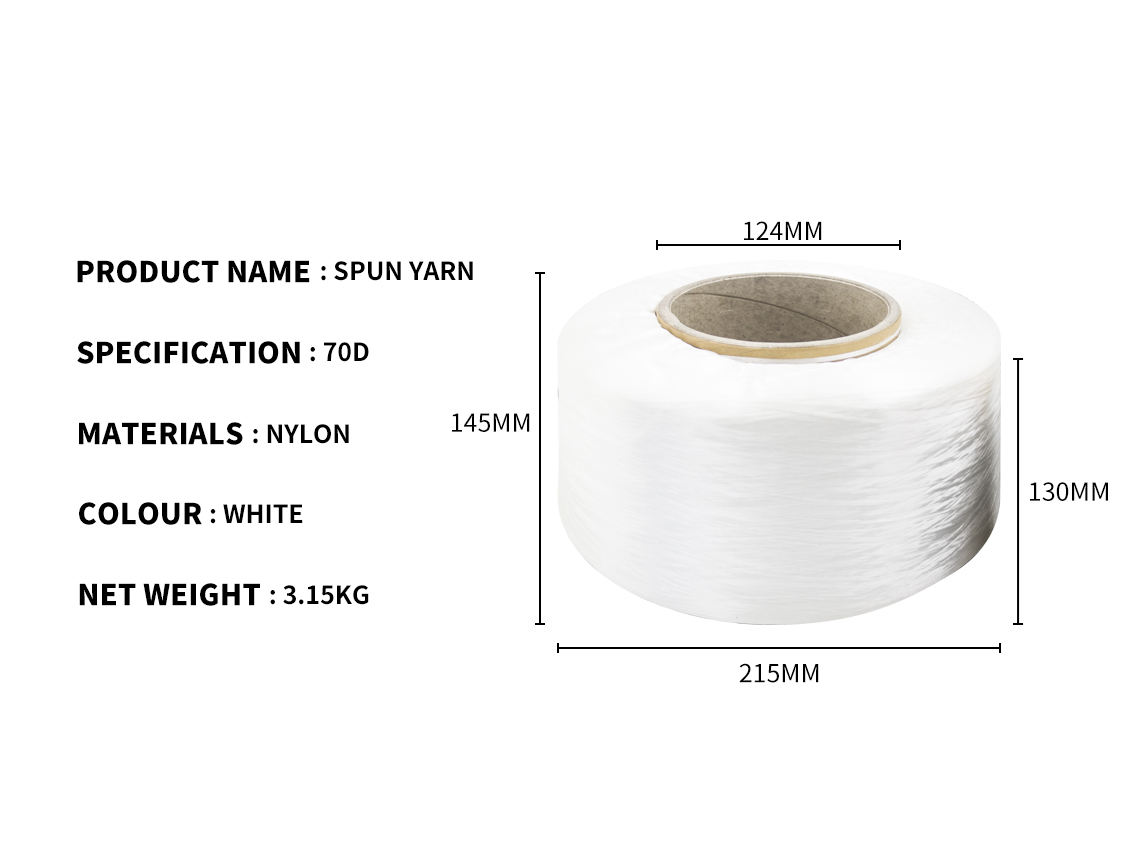

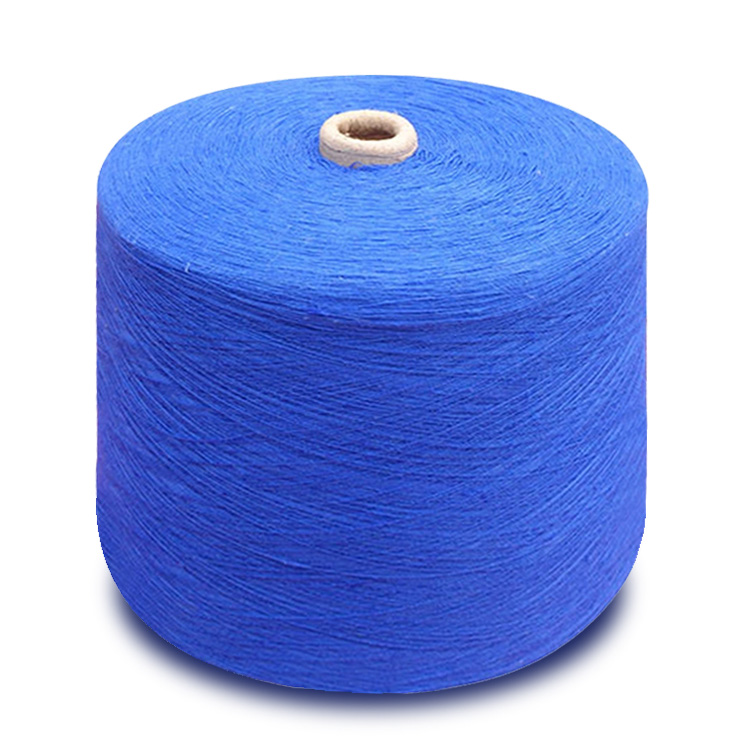
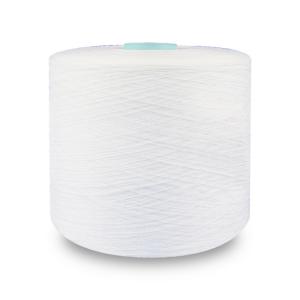
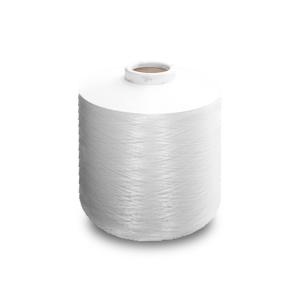
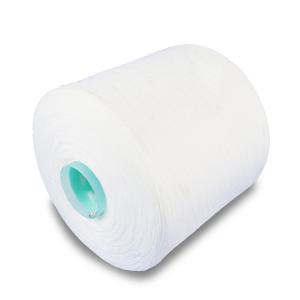

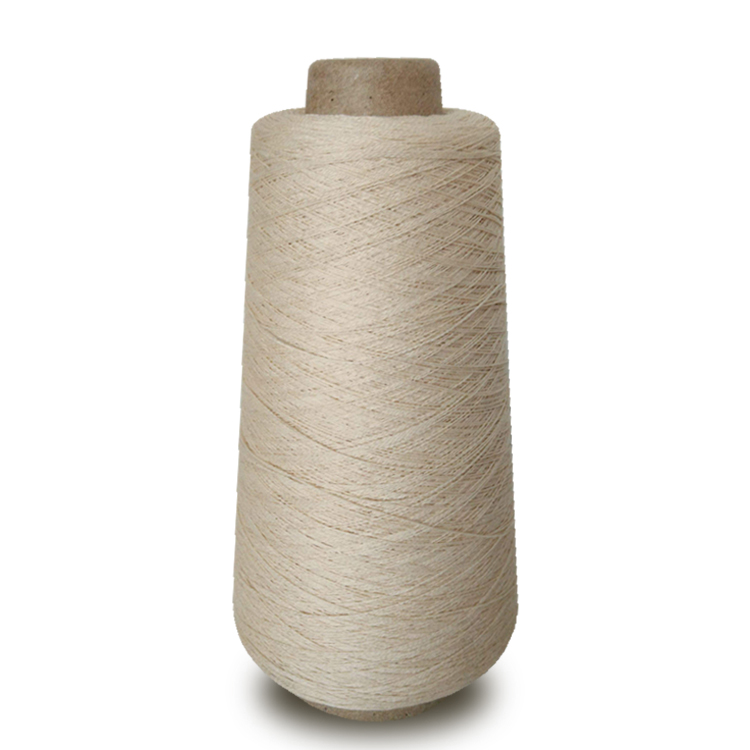
_1_63_1572503119.jpg)
